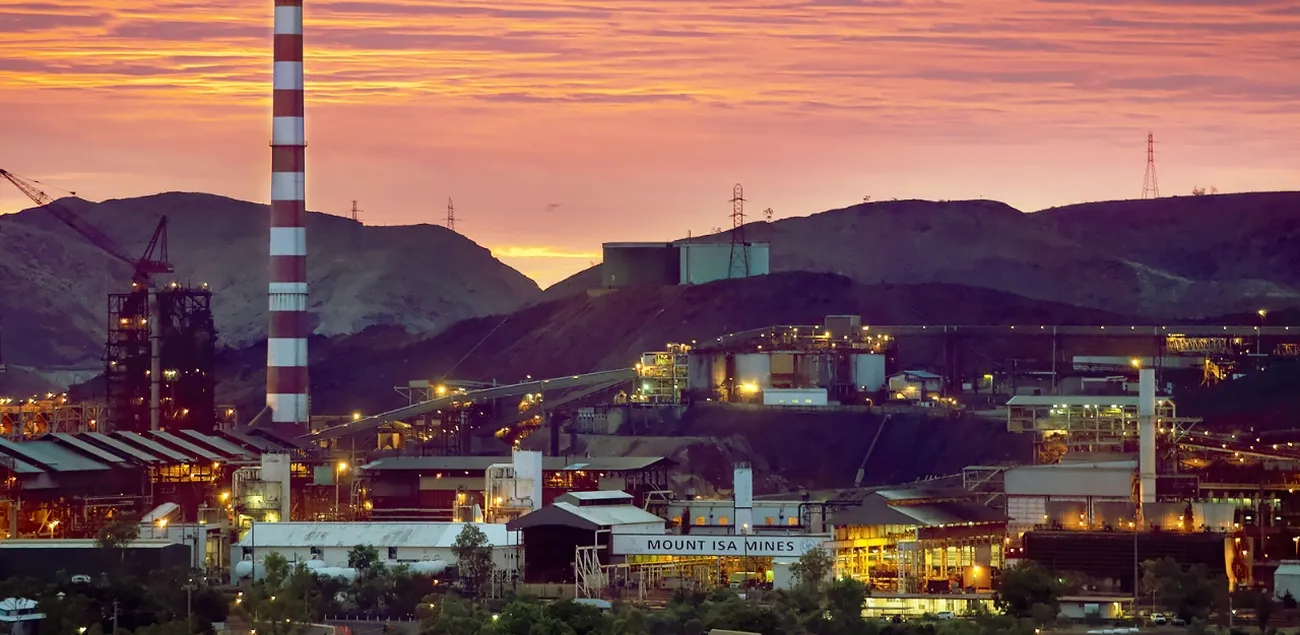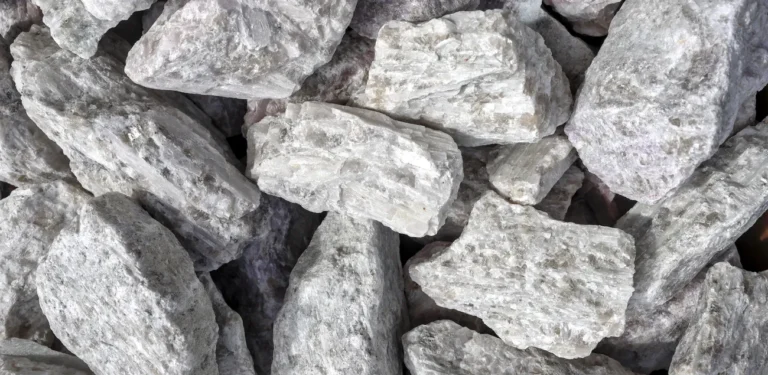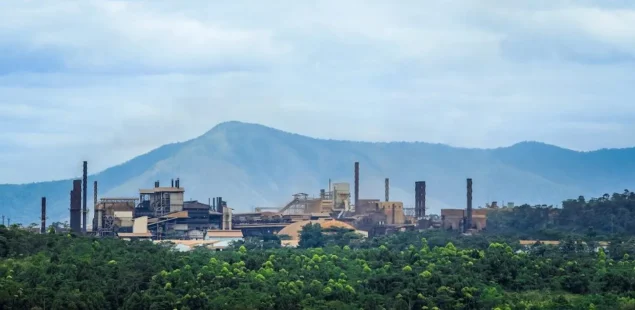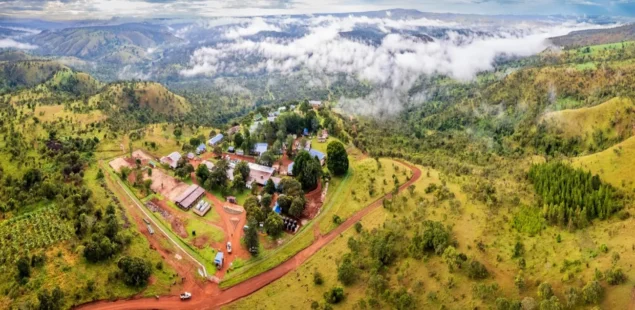
Glencore, Swiss commodities group, and the Queensland government are locked in urgent talks over the future of the Mount Isa copper smelter and Townsville refinery after Treasurer David Janetzki warned that closure—projected to incur losses of A$2.2 billion (US$1.44 billion) over seven years—would be a “national disgrace.”  
Government Standoff Over Smelter Support
The newly elected Liberal National government in Queensland has tabled what it calls a “first and final” package of indirect incentives, including payroll tax concessions, and is pressing the federal government to contribute additional measures to keep the operations running. Federal Natural Resources Minister Tim Ayers confirmed at least two meetings with Glencore but has not committed to deeper fiscal support ahead of a national roundtable on smelting competitiveness scheduled next month. Janetzki argues a deal must be concluded before broader industry policy is debated, rejecting a direct subsidy “blank cheque” given Glencore’s recent shareholder returns of A$3.35 billion (US$2.20 billion).
Economic Impact and Jobs
Mount Isa, northern Australia’s largest inland city, faces substantial employment risk if the smelter and refinery move into care and maintenance. Local media and industry groups have cited thousands of direct and indirect roles tied to the integrated complex, with some estimates reaching 17,000 jobs when service businesses are included. Glencore has also begun preparations to shutter its final two Queensland copper mines—Enterprise and X41—next week, ending more than six decades of upstream copper production in the region and intensifying pressure on the downstream assets’ feedstock economics.
Operational and Competitive Pressures
The company first announced in October 2023 that the smelter and refinery would close by 2025, citing age, high operating costs and capital requirements. Since then, energy costs, maintenance expenditure and what Glencore describes as heavily subsidised Chinese smelting competition have eroded profitability, with internal communications warning that without government intervention both the Mount Isa smelter and Townsville refinery will be mothballed “in the coming weeks.” The smelter processes more than 1 million tonnes per year of copper concentrate, including third-party feed such as material from BHP’s Olympic Dam, offering strategic processing capacity for Australia’s upstream miners.
Company Background and Market Context
Glencore is a major global trader and producer of copper, with diversified mining and processing assets on several continents. Australian copper mining has contracted within Glencore’s portfolio as ore bodies mature; withdrawal from Mount Isa mining would leave only the smelter–refinery chain at issue. The political context in Queensland includes parallel infrastructure efforts—such as the CopperString transmission project—to bolster North West Minerals Province development, making retention of local processing capacity a regional policy objective. Canberra’s upcoming roundtable aims to examine longer-term productivity and investment incentives for domestic smelters amid global overcapacity.
Copper is central to electrification, with demand growth linked to grid expansion and renewable energy projects helping keep prices resilient despite mixed macroeconomic indicators. Australian policymakers view onshore smelting as a hedge against raw material export dependency; loss of Mount Isa’s facilities would shift greater volumes of concentrate to overseas processors, increasing exposure to international treatment and refining charge volatility.



